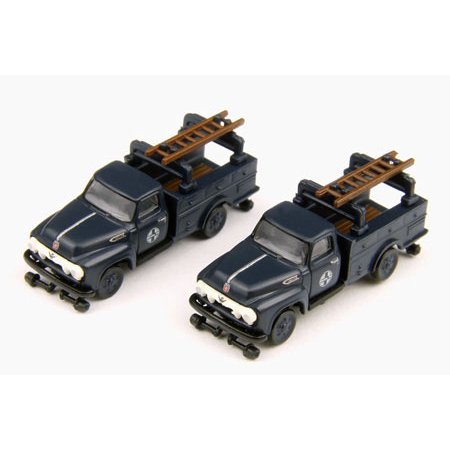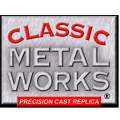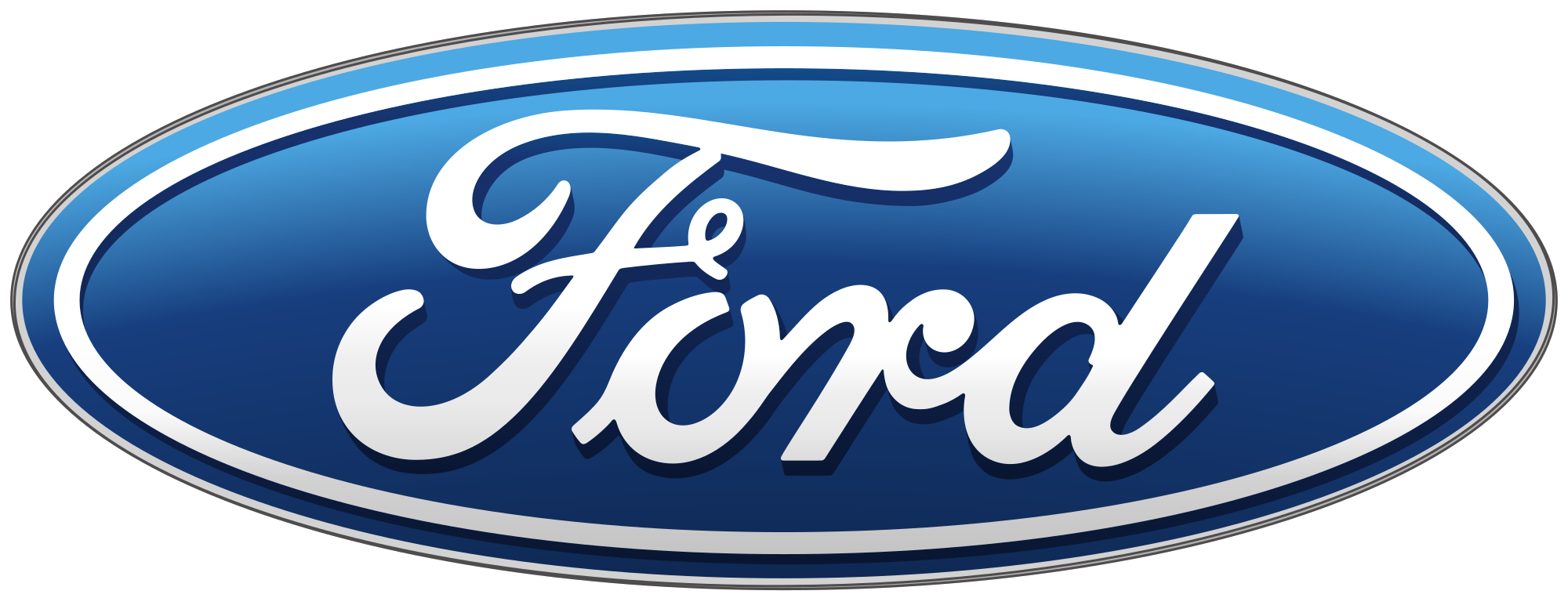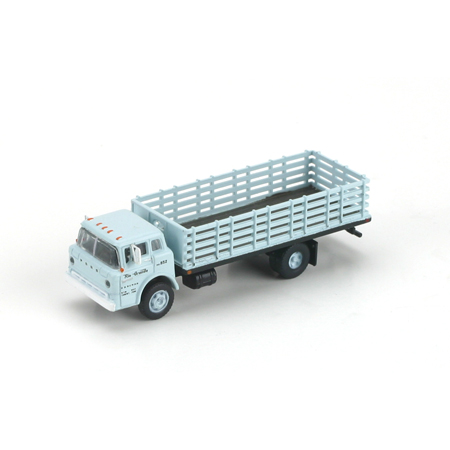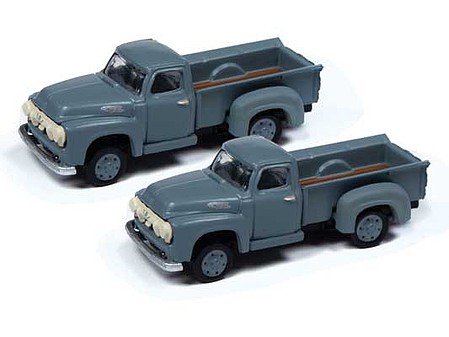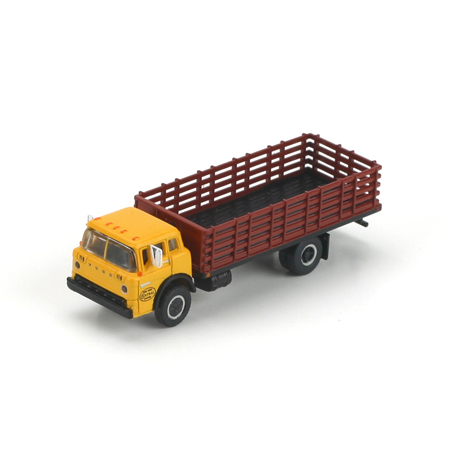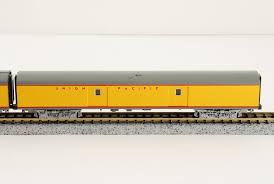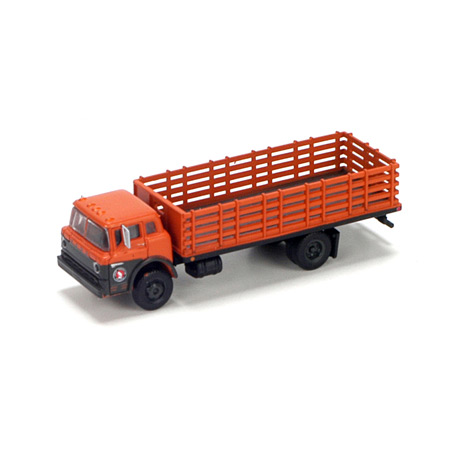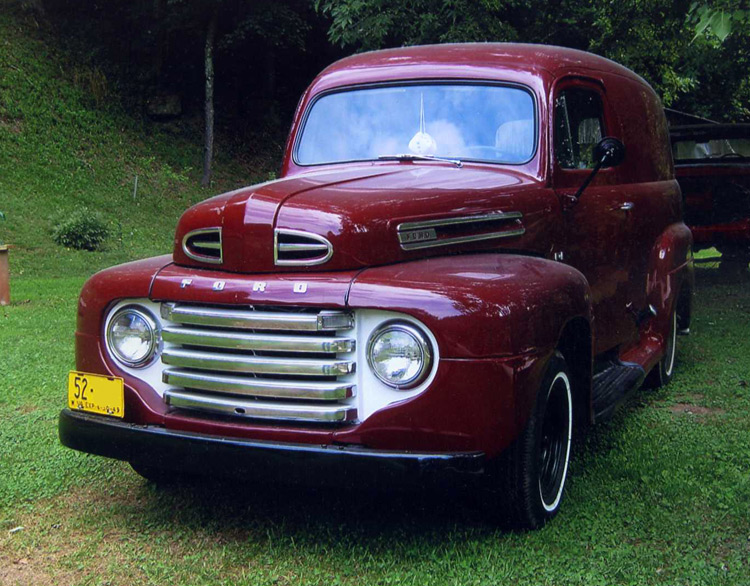Prototype History: The Ford F-Series is a series of light-duty trucks and medium-duty trucks (Class 2-7) that have been marketed and manufactured by Ford Motor Company since 1948. While most variants of the F-Series trucks are full-size pickup trucks, the F-Series also includes chassis cab trucks (flat bed) and commercial vehicles (box van). The Ford F-Series has been the best-selling vehicle in the United States since 1986 and the best-selling pickup since 1977.
In 1999, to bridge the gap between the pickup line and the medium-duty trucks, the F-250 and F-350 became the Ford Super Duty vehicles; considered an expansion of the F-Series, the Super Duty trucks are built on a distinct chassis with heavier-duty components. As of the 2017 model year, the F-Series includes the F-150, the Super Duty (F-250 through F-550), and F-650 and F-750 Super Duty medium-duty commercial trucks. The most popular version of the F-Series is the F-150, now in its thirteenth generation.
Through the use of rebadging, Ford has marketed the F-Series through all three Ford divisions in North America. From 1946 to 1968, Mercury sold the Mercury M-Series in Canada; during the 2000s, Lincoln sold the Lincoln Blackwood, replaced by the Lincoln Mark LT.
From Wikipedia
In 1999, to bridge the gap between the pickup line and the medium-duty trucks, the F-250 and F-350 became the Ford Super Duty vehicles; considered an expansion of the F-Series, the Super Duty trucks are built on a distinct chassis with heavier-duty components. As of the 2017 model year, the F-Series includes the F-150, the Super Duty (F-250 through F-550), and F-650 and F-750 Super Duty medium-duty commercial trucks. The most popular version of the F-Series is the F-150, now in its thirteenth generation.
Through the use of rebadging, Ford has marketed the F-Series through all three Ford divisions in North America. From 1946 to 1968, Mercury sold the Mercury M-Series in Canada; during the 2000s, Lincoln sold the Lincoln Blackwood, replaced by the Lincoln Mark LT.
From Wikipedia
Road Name History: The Atchison, Topeka and Santa Fe Railway (reporting mark ATSF), often abbreviated as Santa Fe or AT&SF, was one of the larger railroads in the United States. Chartered in February 1859, the railroad reached the Kansas-Colorado border in 1873 and Pueblo, Colorado, in 1876. To create a demand for its services, the railroad set up real estate offices and sold farm land from the land grants that it was awarded by Congress. Despite the name, its main line never served Santa Fe, New Mexico, as the terrain was too difficult; the town ultimately was reached by a branch line from Lamy.
The Santa Fe was a pioneer in intermodal freight transport, an enterprise that (at one time or another) included a tugboat fleet and an airline (the short-lived Santa Fe Skyway). Its bus line extended passenger transportation to areas not accessible by rail, and ferryboats on the San Francisco Bay allowed travelers to complete their westward journeys to the Pacific Ocean. The ATSF was the subject of a popular song, Harry Warren & Johnny Mercer's "On the Atchison, Topeka and the Santa Fe", written for the film, The Harvey Girls (1946).
The railroad officially ceased operations on December 31, 1996, when it merged with the Burlington Northern Railroad to form the Burlington Northern & Santa Fe Railway.
Read more on Wikipedia.
The Santa Fe was a pioneer in intermodal freight transport, an enterprise that (at one time or another) included a tugboat fleet and an airline (the short-lived Santa Fe Skyway). Its bus line extended passenger transportation to areas not accessible by rail, and ferryboats on the San Francisco Bay allowed travelers to complete their westward journeys to the Pacific Ocean. The ATSF was the subject of a popular song, Harry Warren & Johnny Mercer's "On the Atchison, Topeka and the Santa Fe", written for the film, The Harvey Girls (1946).
The railroad officially ceased operations on December 31, 1996, when it merged with the Burlington Northern Railroad to form the Burlington Northern & Santa Fe Railway.
Read more on Wikipedia.
Brand/Importer Information: Focused on the production of HO and N Scale post World War II to 1970s era North American vehicles, the Sylvania, Ohio based Classic Metal Works was founded in 1997, by William J. Giacci.
Primarily constructed out of die-cast metal, Mini Metals CMW products are factory assembled and decorated.
In May 2017, Classic Metal Works and Mini Metals product ranges have been taken over by Round 2 Corp.
Note: The following CMW stock numbers have not been used, breaking the linearity of the numbering: 50313 to 50315, 50362 to 50364, 51154 to 51163
Primarily constructed out of die-cast metal, Mini Metals CMW products are factory assembled and decorated.
In May 2017, Classic Metal Works and Mini Metals product ranges have been taken over by Round 2 Corp.
Note: The following CMW stock numbers have not been used, breaking the linearity of the numbering: 50313 to 50315, 50362 to 50364, 51154 to 51163
Item created by: CNW400 on 2018-09-06 11:16:56. Last edited by gdm on 2021-07-10 14:16:42
If you see errors or missing data in this entry, please feel free to log in and edit it. Anyone with a Gmail account can log in instantly.
If you see errors or missing data in this entry, please feel free to log in and edit it. Anyone with a Gmail account can log in instantly.


